The period from 2010 to 2015 was a transformative era in the automotive world, marked by rapid advancements in technology, shifting consumer preferences, and heightened competition across virtually every vehicle segment. As automakers raced to integrate better fuel efficiency, improved safety features, and more refined designs, the choices available to buyers expanded like never before.
However, while many cars offered enticing new features and stylish looks at the time, only a select few have truly stood the test of time in terms of their resale value.
Understanding which vehicles emerged as resale stars and which bombed during this period provides valuable insight not just into the cars themselves, but into broader market dynamics, consumer priorities, and brand reputations that still influence buying decisions today.
Resale value is an often overlooked yet crucial factor in car ownership that impacts total cost of ownership significantly. When you purchase a new or used vehicle, the price you pay upfront is only part of the story. The amount you can recoup when selling or trading in the vehicle years later can either soften the blow of depreciation or compound the financial strain of ownership.
Between 2010 and 2015, this principle was especially important as the industry was recovering from the global financial crisis of 2008 and consumers became more cautious and value-conscious. Buyers were scrutinizing vehicles more carefully for long-term reliability, fuel efficiency, and the cost-effectiveness of maintaining their investments over time.
In this landscape, certain models emerged as clear winners, with strong resale values supported by a combination of factors including brand reputation, mechanical reliability, practical design, and ongoing demand.
Vehicles like the Toyota Tacoma and Honda Civic not only maintained their desirability years after initial purchase but also rewarded owners with the ability to retain a significant portion of their initial investment.
These cars offered more than just transportation—they delivered a dependable, sensible ownership experience that appealed to a broad spectrum of buyers, from daily commuters to outdoor enthusiasts.
Conversely, some vehicles struggled to hold their value due to a variety of challenges. These ranged from persistent mechanical issues and lackluster design choices to stiff competition and evolving consumer expectations. Cars like the Fiat 500 and Nissan Juke, despite their flash and style, failed to live up to the reliability and practicality demands of most buyers.
Others, such as the Chevrolet Cruze and Ford Fiesta, were hampered by early mechanical flaws and transmission problems that scared off potential used car buyers. The Mitsubishi Outlander suffered from a combination of uninspired design and underwhelming real-world performance in an increasingly crowded and competitive SUV market.
The divergence in resale outcomes from 2010–2015 highlights key lessons for anyone interested in the automotive market, whether as a buyer, seller, or enthusiast.
It underscores the importance of not just initial purchase price or flashy features, but the enduring quality, reliability, and overall brand strength that influence how a vehicle performs in the resale market. This period serves as a valuable case study in how certain vehicles become enduring favorites while others fade quickly from consumer favor.
In the sections that follow, we’ll explore five standout “resale stars” that maintained their value and why they did so, alongside five “resale bombs” that depreciated rapidly and why they failed to capture lasting consumer trust.
This comprehensive look will offer insights into the factors driving resale success and failure, providing a richer understanding of automotive value beyond just the sticker price.
Also Read: 5 Cars You’ll See at 300K Miles and 5 You’ll Never See Again
5 Resale Car Stars From 2010–2015
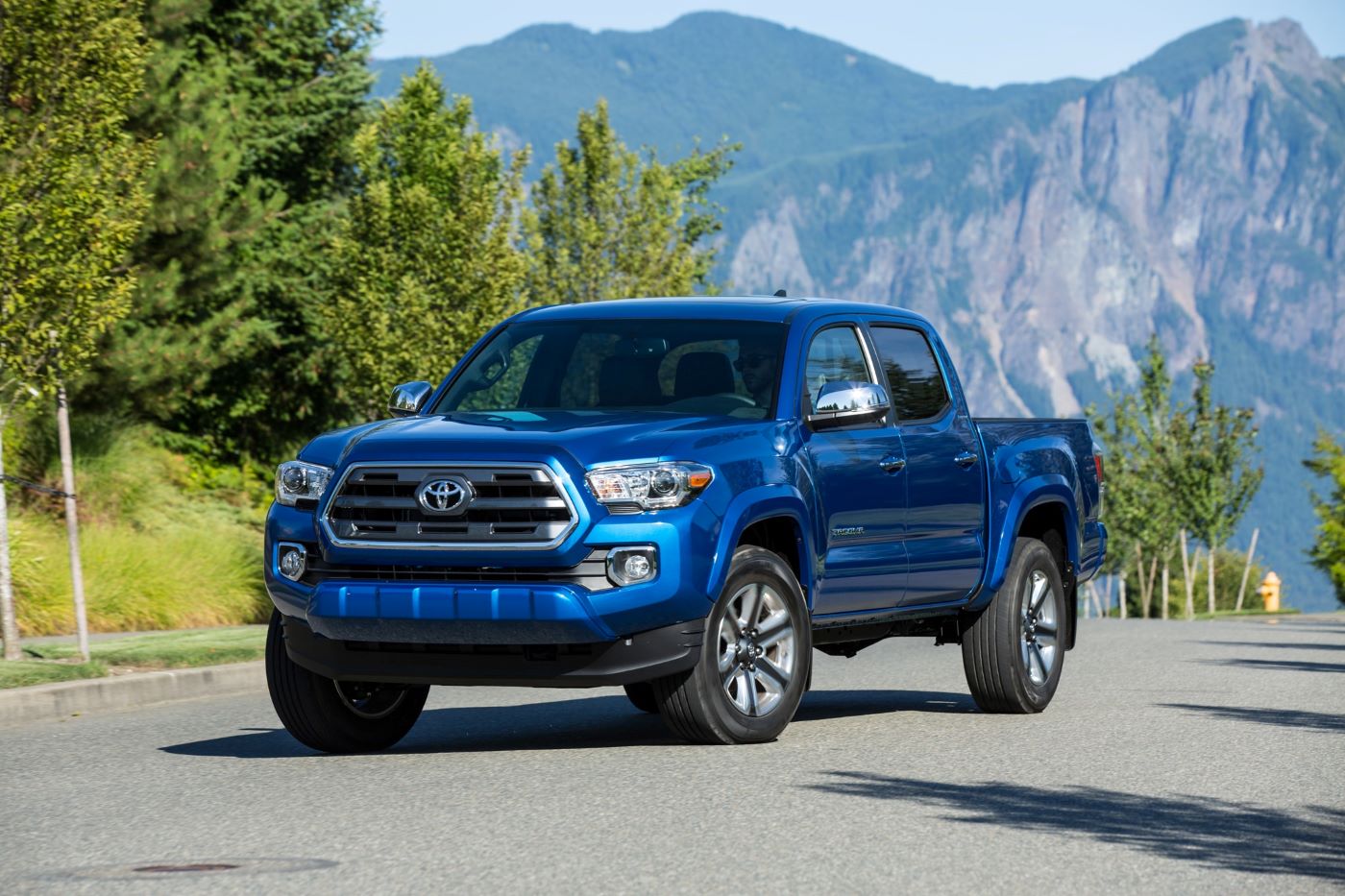
1. Toyota Tacoma (2010–2015)
The Toyota Tacoma during the 2010 to 2015 period solidified its place as one of the most reliable and sought-after midsize pickup trucks in the North American market, and it’s no surprise that this reputation is a major driver of its exceptional resale value.
Toyota’s longstanding commitment to durability, combined with the Tacoma’s proven track record, made it a go-to choice for buyers who needed a workhorse that could handle heavy-duty tasks without breaking down.
Unlike many trucks that might require expensive repairs or experience premature wear, the Tacoma was built with a robust frame and proven drivetrain components that withstood the test of time.
This ruggedness was especially important in regions where the truck’s off-road capabilities and towing power were put to frequent use, such as in farming communities, mountainous areas, and outdoor recreation hotspots.
What sets the Tacoma apart is not just reliability, but the balance it strikes between everyday usability and rugged capability. It was small enough to navigate tight city streets or parking lots while still offering impressive payload and towing capacities for a midsize truck.
Toyota’s decision to avoid overly complex technology in these models helped reduce maintenance costs and mechanical failures, which also boosted owner confidence in the vehicle’s longevity.
Owners frequently praised the Tacoma for its straightforward engineering, which allowed many to perform minor repairs and maintenance themselves, further driving down ownership costs. This practical aspect made the truck especially attractive to fleet operators and individual buyers alike, fostering a market with strong demand for used models.
Moreover, Toyota’s strong dealer support and availability of genuine parts also contributed heavily to the Tacoma’s resale strength. Even years after purchase, buyers knew they wouldn’t be left stranded or forced into costly repairs due to part scarcity or dealership neglect.
Toyota’s reputation for quality and customer service helped solidify this trust, making the Tacoma an easy recommendation for those seeking a reliable vehicle with long-term value. This translated into resale values that outperformed many competitors, including the Nissan Frontier and Chevrolet Colorado, which struggled to match the Tacoma’s loyal following.
The Tacoma’s iconic styling also played a subtle role in its resale appeal. Its rugged, aggressive exterior design resonated with a wide audience, from outdoor enthusiasts to contractors.
This aesthetic timelessness means that even the older models from this era still looked current and desirable, a significant factor in the used market where buyers often gravitate toward vehicles that don’t feel dated. In essence, the Toyota Tacoma from 2010–2015 was a perfect storm of durability, practicality, and brand strength, making it one of the best resale value performers of its generation.
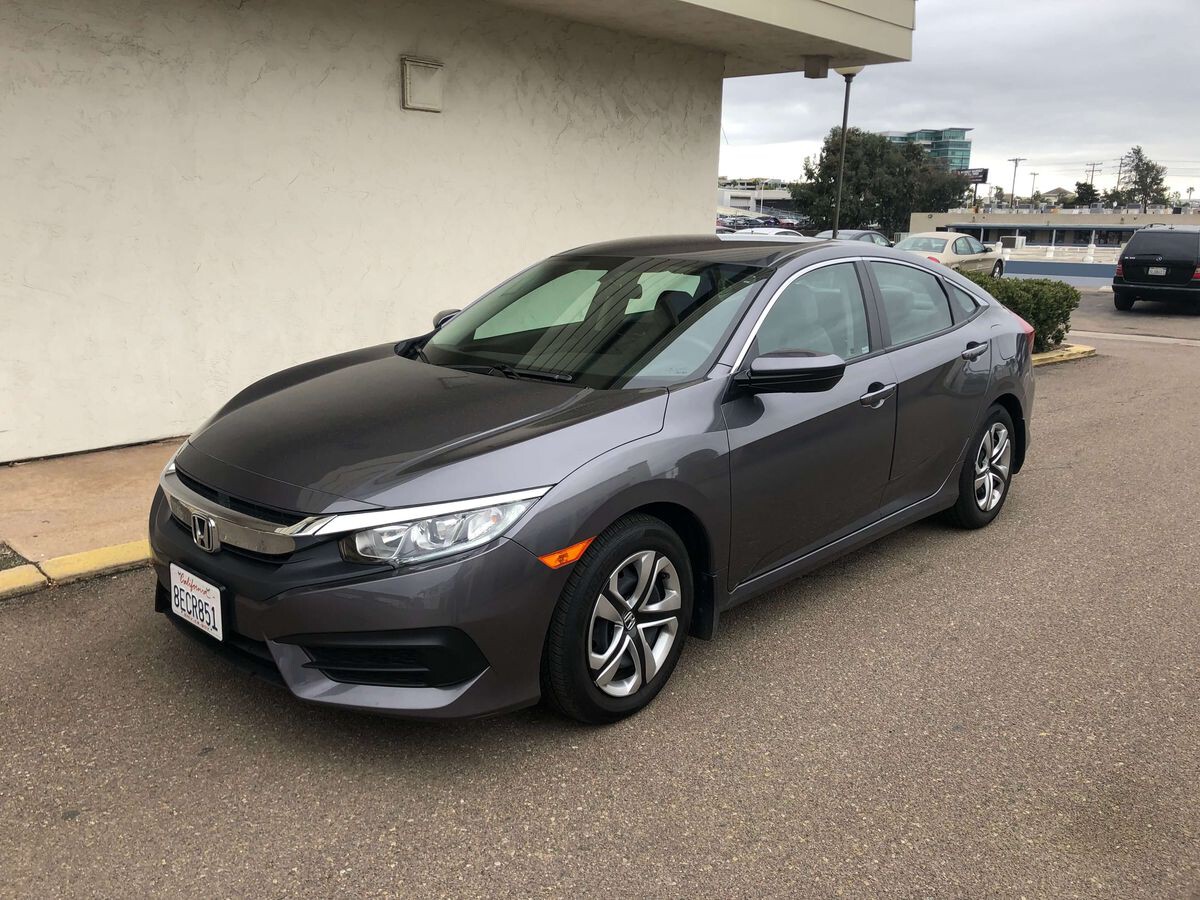
2. Honda Civic (2010–2015)
The Honda Civic’s legacy as a reliable, fuel-efficient, and affordable compact car was well established by the time the 2010–2015 models rolled off the assembly lines, and this generation only enhanced its stronghold on the resale market. The Civic appealed to a diverse range of buyers: first-time drivers, commuters, small families, and even enthusiasts looking for the sportier Si variant.
This broad appeal helped the Civic maintain a high demand in the used car market, which is crucial for strong resale value. It was a car that ticked many boxes: excellent fuel economy, practical interior space, low cost of ownership, and a reputation for reliability that few in its class could rival.
One of the major contributors to the Civic’s resale value was its engineering excellence. Honda engines from this era were known for their longevity, with many vehicles comfortably surpassing 200,000 miles with minimal major repairs.
The Civic’s inline-four engines combined efficiency with enough power for daily driving, and maintenance intervals were manageable, contributing to the perception that these cars were “set it and forget it” vehicles.
Additionally, Honda’s meticulous attention to detail in build quality ensured that many Civics remained mechanically sound and visually appealing years after purchase, which naturally made them more attractive on the resale market.
The Civic also offered a comfortable and refined ride compared to many competitors in the compact segment. With improved suspension tuning and quieter cabins in these years, the driving experience was more enjoyable, attracting buyers looking for a car that didn’t feel cheap or basic.
This made it a standout option for commuters who logged significant miles, as well as for younger buyers who wanted something reliable yet stylish. The wide range of trims and options, from the eco-friendly models to the sporty Si, allowed Honda to capture various niches and further strengthen demand for used Civics across multiple buyer demographics.
Moreover, the Civic’s strong resale value benefited from its broad availability and positive reputation across North America and other global markets. The car’s insurance rates, ease of repair, and availability of aftermarket parts made it an affordable choice for long-term ownership.
Dealers and private sellers alike could price these vehicles with confidence, knowing there was a steady market of buyers eager for well-maintained examples. This sustained demand has kept the 2010–2015 Honda Civic among the top performers in resale value within the compact car segment.
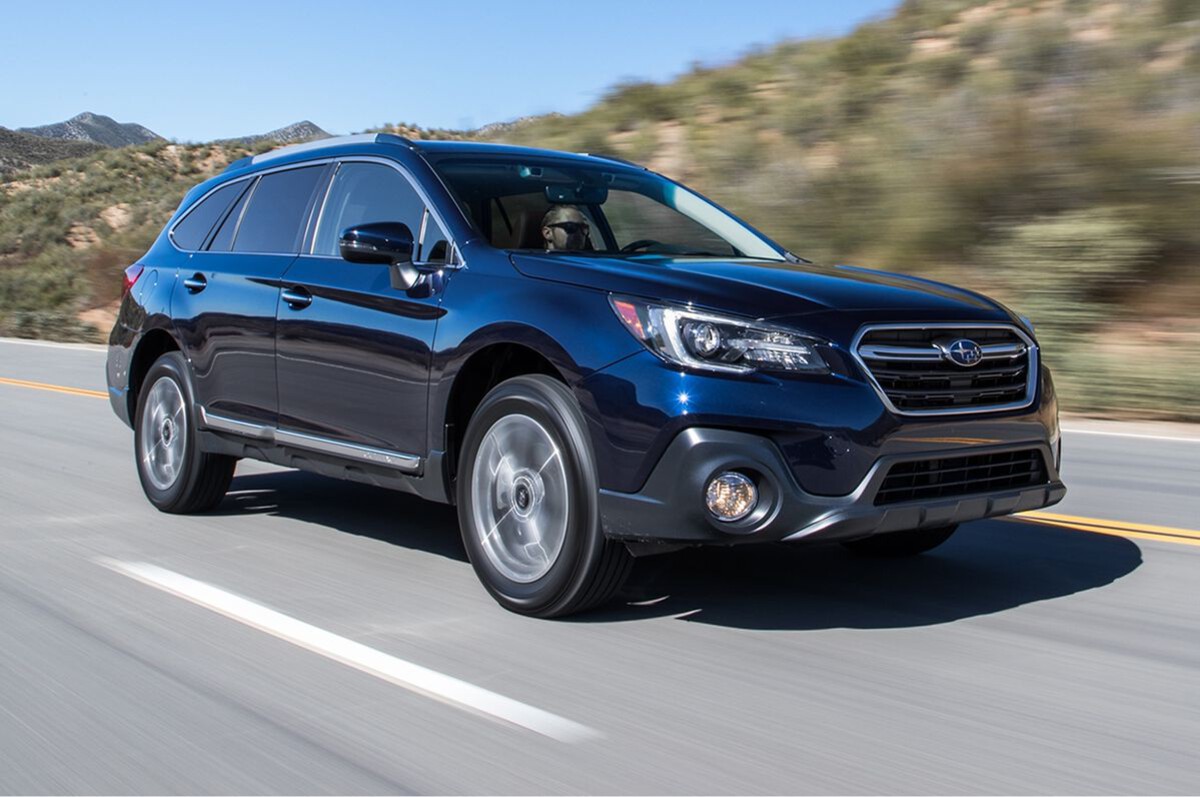
3. Subaru Outback (2010–2015)
The Subaru Outback enjoyed a unique niche in the crossover and wagon market between 2010 and 2015, becoming synonymous with adventure, practicality, and all-weather capability. The Outback’s standard all-wheel drive was a major selling point during this period, especially for buyers in colder climates or those who valued safety and traction on slippery roads.
Unlike many SUVs that sacrificed fuel economy or maneuverability for size, the Outback struck a compelling balance: offering spacious interiors and respectable cargo capacity, yet remaining nimble and efficient enough for everyday driving. This combination helped it carve out a loyal customer base that valued versatility without the bulk of a full-size SUV.
Reliability was another pillar supporting the Outback’s strong resale value. During these years, Subaru ironed out many earlier engine concerns and introduced powertrains that were not only more fuel-efficient but also more durable.
Owners frequently reported that these vehicles could handle high mileage and demanding use without the kind of major repairs that typically accelerate depreciation. The Outback’s solid safety ratings, including strong performance in crash tests, also increased buyer confidence, particularly among families and older buyers who prioritized vehicle safety and peace of mind.
Subaru’s marketing strategy, which emphasized outdoor lifestyles and environmental consciousness, resonated deeply with a segment of consumers looking for vehicles that aligned with their values. This emotional connection fostered a kind of brand loyalty that translated directly into strong resale demand.
Many Outback owners were repeat buyers, and the company’s consistent product updates during the early 2010s helped maintain fresh appeal without alienating longtime fans. These factors combined with the car’s practical benefits to create a vehicle that held its value better than many rivals in the growing crossover market.
Finally, the Outback’s build quality and reputation for handling rough terrain gave it an edge over similarly priced competitors. It was not uncommon to see well-maintained Outbacks from this era command premium prices on the used market due to their reputation for reliability, AWD capability, and cargo versatility.
For buyers who needed a vehicle that could serve as a daily driver, weekend adventure companion, and safe family hauler, the Subaru Outback was a clear winner, and its strong resale value reflected this broad appeal.
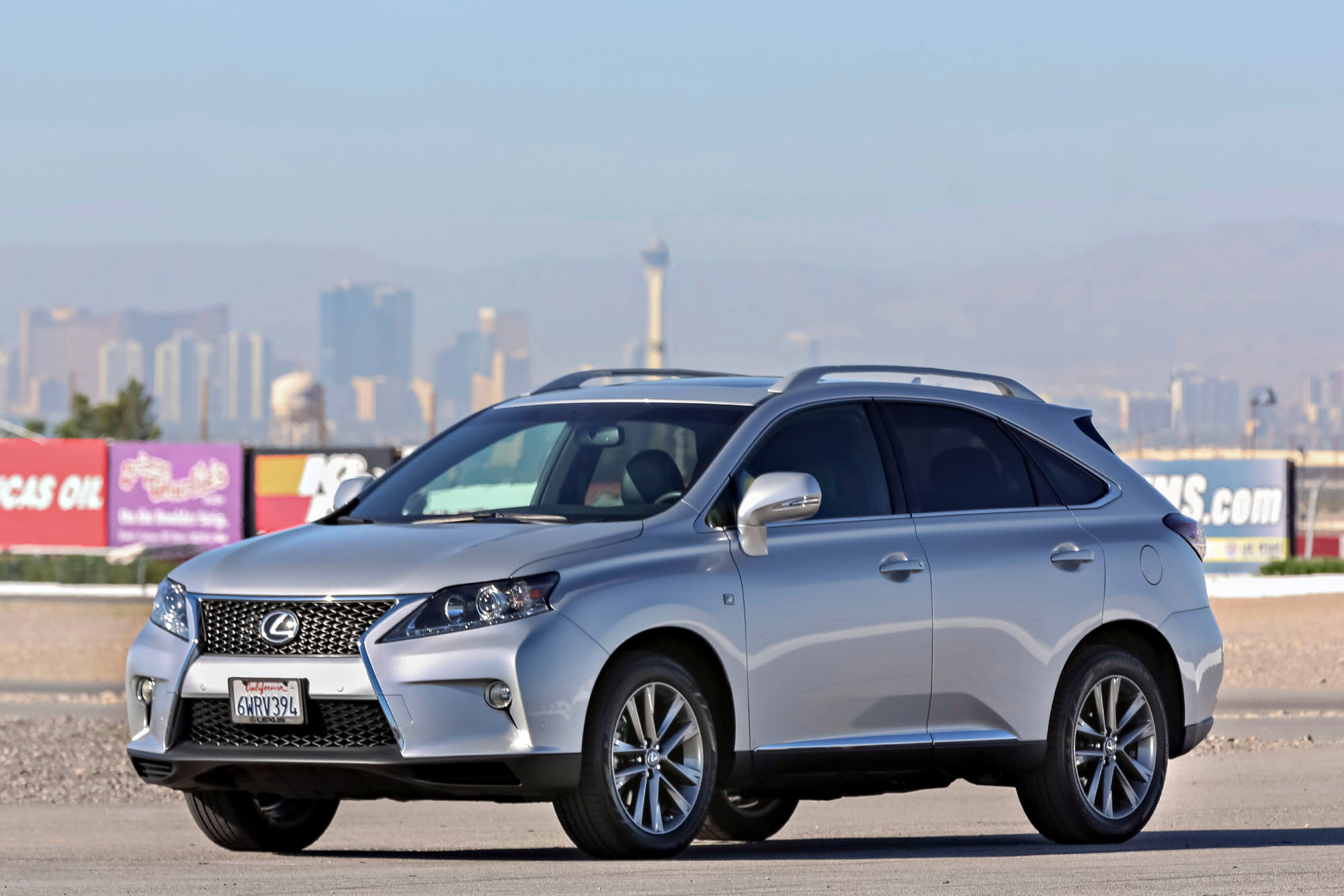
4. Lexus RX (2010–2015)
Lexus’s RX series was the benchmark for luxury crossovers between 2010 and 2015, combining high-end comfort with Toyota’s famed reliability. This vehicle filled an important niche for buyers who wanted the prestige and features of a luxury SUV without the headaches and depreciation commonly associated with high-end brands.
The RX’s strong resale value during this period was largely a product of its ability to deliver on multiple fronts: luxurious interior appointments, smooth performance, and rock-solid mechanical dependability.
One of the standout features of the RX was its interior quality. Lexus spared no expense in outfitting the cabin with premium materials such as soft leather upholstery, genuine wood trim, and well-designed ergonomics.
These elements contributed not only to the vehicle’s immediate appeal but also to its long-term desirability, as used buyers often seek luxury vehicles that retain their upscale feel even after years of use. The RX’s quiet, comfortable ride further reinforced its reputation as an ideal vehicle for executives, families, and anyone looking for a sophisticated driving experience.
The reliability of the RX was another major factor that preserved its value. Powered by a series of well-tested V6 engines and, increasingly, hybrid powertrains, the RX managed to offer solid performance while minimizing the risk of expensive repairs.
Lexus’s reputation for building vehicles that routinely reach high mileage thresholds without major mechanical problems attracted buyers wary of typical luxury vehicle depreciation. Furthermore, the availability of Lexus-certified pre-owned programs gave added confidence to used buyers, reinforcing the RX’s strong resale demand.
Beyond the mechanical and luxury aspects, the RX was a leader in safety and technology for its class during these years. It incorporated advanced safety systems such as multiple airbags, stability control, and anti-lock brakes as standard equipment, and later model years introduced features like adaptive cruise control and lane departure warnings.
These technologies, combined with Lexus’s strong customer service and support network, ensured that the RX retained its appeal as a practical, safe, and luxurious option in the used luxury SUV market. This blend of attributes made the Lexus RX a standout resale value champion from 2010–2015.
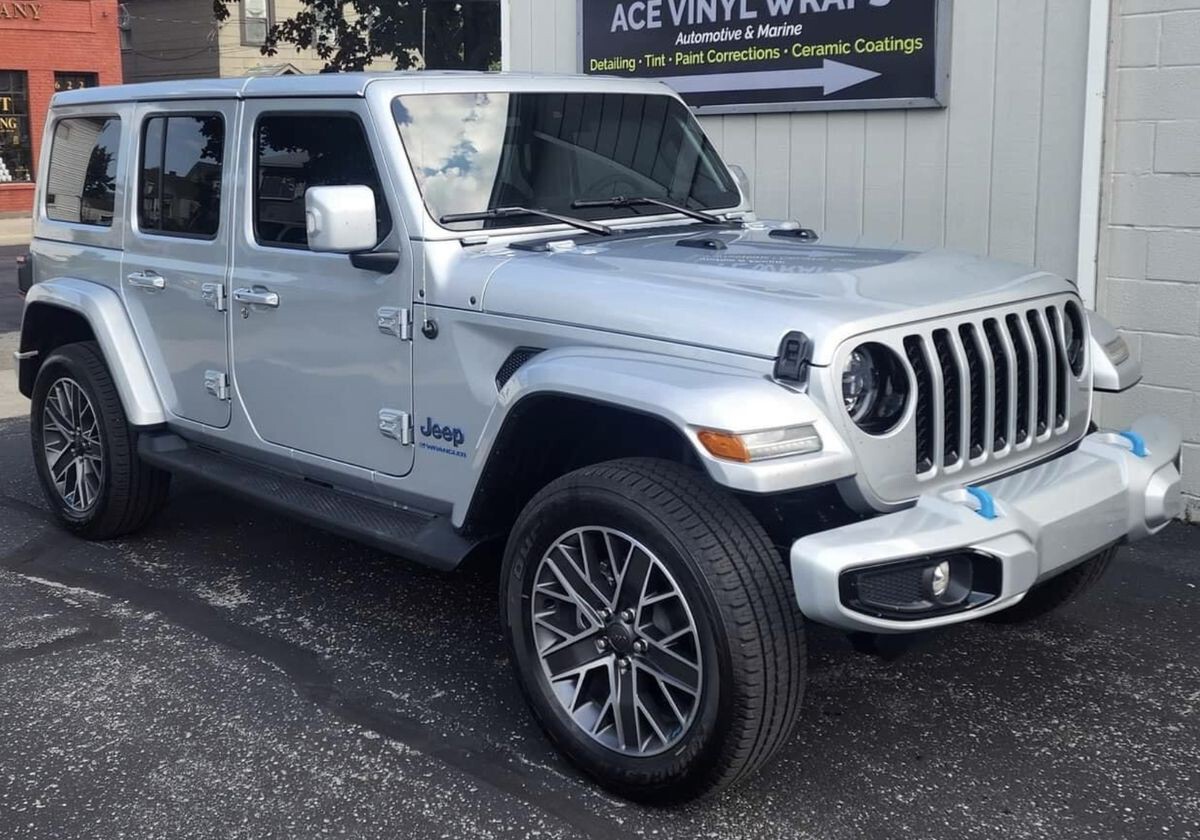
5. Jeep Wrangler (2010–2015)
The Jeep Wrangler’s iconic status as a rugged, off-road-ready SUV was as strong from 2010 to 2015 as it has ever been, helping it maintain outstanding resale value compared to other vehicles in its segment. The Wrangler occupies a unique position in the automotive world — it’s not just a vehicle but a lifestyle symbol that embodies freedom, adventure, and outdoor exploration.
This intangible appeal plays a crucial role in keeping the Wrangler’s resale values high, as there is a dedicated and passionate customer base that values the Wrangler’s unmistakable styling and off-road capabilities above all else.
During these model years, Jeep made thoughtful updates to improve drivability, safety, and comfort without sacrificing the core attributes that fans loved. Improvements to suspension systems, brakes, and interior features made the Wrangler more comfortable for daily driving while maintaining its legendary ruggedness.
The availability of different trims and configurations, including two-door and four-door Unlimited models, gave buyers options for both urban use and serious off-roading. These choices helped broaden the Wrangler’s market appeal without diluting its rugged reputation.
Reliability-wise, while the Wrangler may not have been as refined as some luxury SUVs or sedans, it was known for its durable mechanical components and simple, robust design.
This made it easier to maintain and repair, further boosting its desirability in the used market. Additionally, Jeep’s strong aftermarket community and the ease of customization kept Wranglers in high demand among enthusiasts who viewed these vehicles as more than just transportation — they were a hobby and passion.
Finally, the Wrangler’s timeless styling, with its boxy shape, round headlights, and removable roof and doors, ensured that it remained distinctive and recognizable, a factor that significantly contributes to its strong resale performance.
Unlike many vehicles that age quickly and become less desirable, the Wrangler from 2010 to 2015 still looks current and exciting to new buyers. This blend of heritage, capability, and cultural significance makes the Jeep Wrangler one of the standout resale stars of its era.
5 Cars That Bombed in Resale From 2010–2015
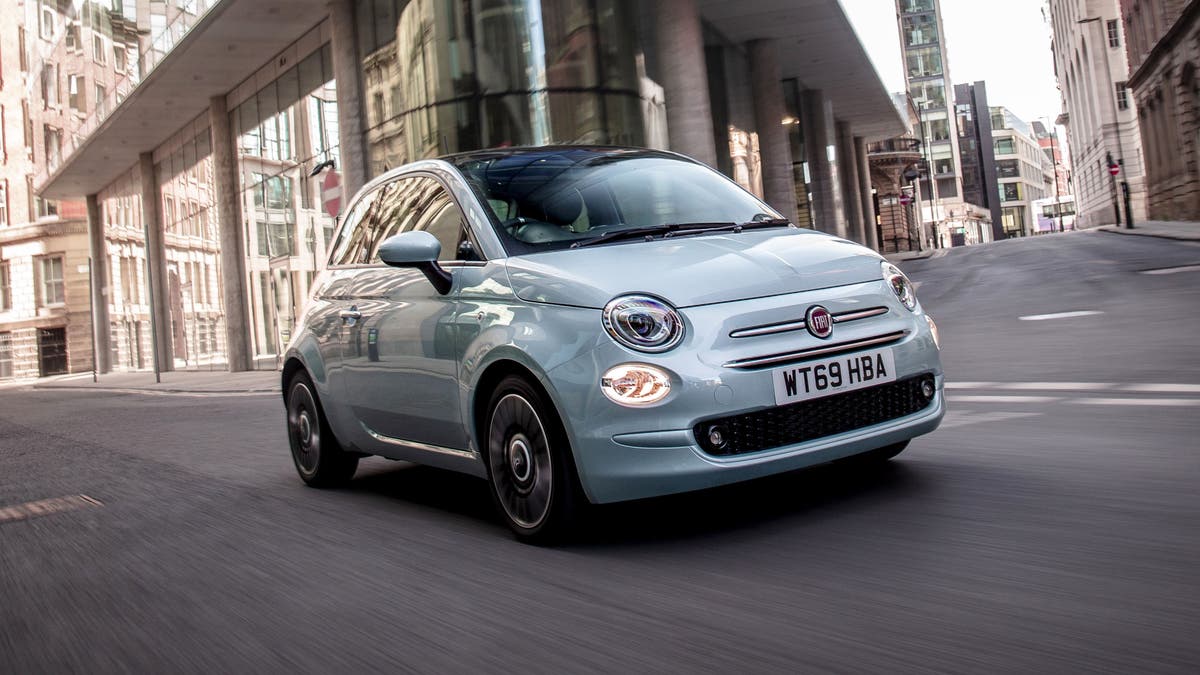
1. Fiat 500 (2010–2015)
The Fiat 500 was introduced to the North American market with a splash of retro charm and European flair, aiming to capture the hearts of city dwellers and style-conscious buyers. However, despite its distinctive design and compact footprint, the Fiat 500 failed to translate its initial excitement into lasting resale value.
One of the primary reasons for the Fiat 500’s resale struggles was its underwhelming reliability. Owners frequently reported a range of mechanical and electrical issues that undermined confidence in the vehicle’s long-term dependability.
Common problems included frequent engine warning lights, transmission glitches, and persistent electrical faults that required expensive repairs. This spate of reliability concerns significantly damaged the Fiat 500’s reputation, making used buyers wary and driving down demand.
In addition to mechanical shortcomings, the Fiat 500’s interior and ride quality left many owners underwhelmed, especially when compared to competitors in the subcompact segment like the Honda Fit or Ford Fiesta. The cabin, while stylish, was cramped and often criticized for cheap materials and limited cargo space, which hampered its practicality.
Moreover, the ride was frequently described as harsh, with a stiff suspension that struggled over potholes and rough roads, further reducing its appeal for everyday use. In a market segment where buyers prioritize reliability, fuel economy, and comfort, these shortcomings were glaring and contributed heavily to the vehicle’s poor resale prospects.
Another factor that worked against the Fiat 500 was its relatively high initial price tag for what was essentially a small city car with limited functionality. Buyers expected European sophistication and were willing to pay a premium, but the vehicle often failed to deliver consistent quality or refinement, leaving many feeling that the cost wasn’t justified.
Additionally, Fiat’s dealer network in the United States was thin compared to more established competitors, making service and repairs more inconvenient and costly. This limited availability of convenient maintenance options further discouraged potential buyers in the used market.
Finally, the Fiat 500 faced stiff competition from better-rounded subcompacts that offered more features, superior reliability, and stronger brand loyalty. Cars like the Toyota Yaris, Mazda2, and Chevrolet Sonic all outperformed the Fiat in resale value due to their better track records and broader market acceptance.
While the Fiat 500 had undeniable charm and a niche appeal, these factors were insufficient to sustain its resale value, leading to steep depreciation and making it one of the cars that bombed in resale during the 2010–2015 period.
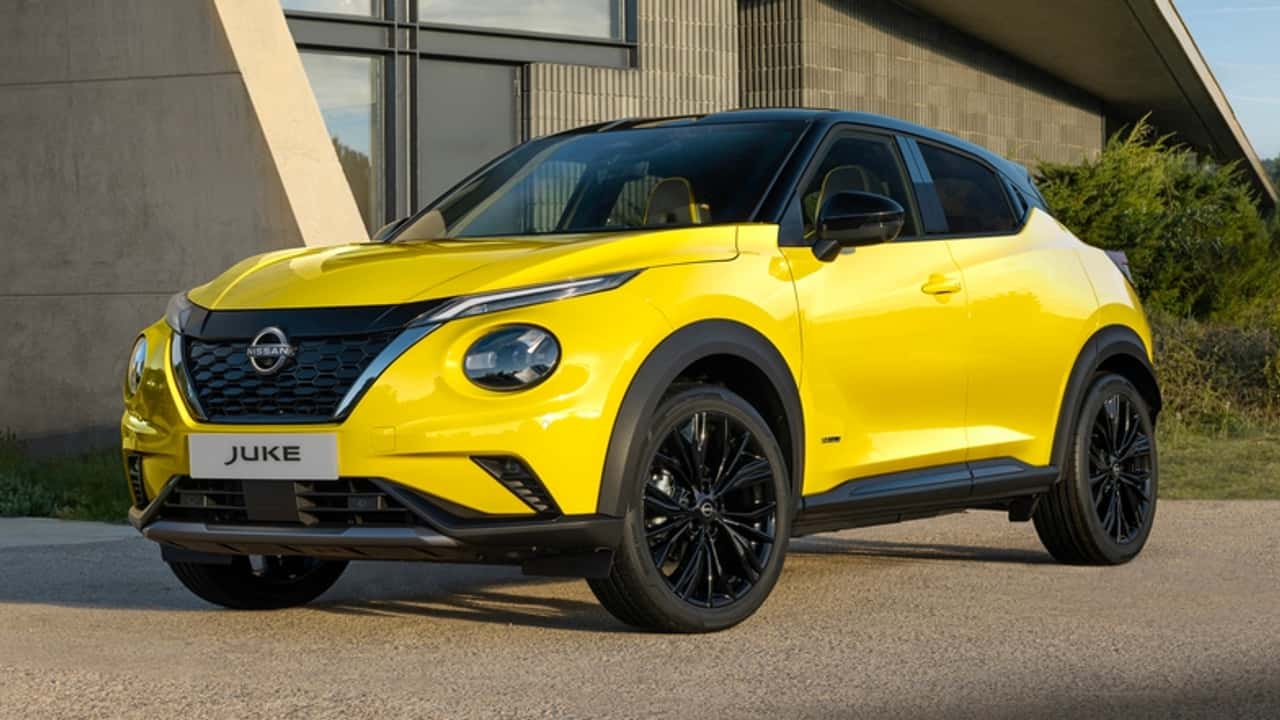
2. Nissan Juke (2010–2015)
The Nissan Juke’s bold and unconventional styling was polarizing from the start, and this factor heavily influenced its resale value between 2010 and 2015. The Juke attempted to blend a sporty, coupe-like silhouette with crossover utility, which resulted in a quirky design that was not universally embraced by consumers.
While some buyers appreciated the distinctiveness and urban appeal, many found the styling awkward and unattractive, especially when compared to more traditional and well-proportioned competitors in the compact crossover segment. This divided opinion translated directly into a limited pool of interested buyers in the used market, causing demand — and therefore resale value — to suffer.
Beyond aesthetics, the Nissan Juke was often criticized for its compromised practicality. The rear seats and cargo area were notably small for the segment, limiting its usefulness as a family or utility vehicle. While its compact size worked well for tight city environments, it failed to deliver the spaciousness and versatility that many crossover buyers expected.
This practical limitation made the Juke less appealing for a wider audience, narrowing its resale appeal. Furthermore, the vehicle’s ride quality was a mixed bag; it had a firm suspension setup that some drivers enjoyed for sporty handling, but many others found it harsh and uncomfortable over long journeys or rough surfaces.
Mechanically, the Juke’s turbocharged engine offered peppy performance but was often associated with maintenance and reliability concerns. Turbocharged engines, especially in early production years, can be more complex and expensive to repair, which can scare off used car buyers.
Reports of turbo-related failures and transmission issues surfaced over time, causing some to question the Juke’s long-term ownership costs. These reliability uncertainties, combined with its polarizing design and limited practicality, further contributed to the vehicle’s weak resale value during this era.
Lastly, Nissan’s marketing and dealer support for the Juke were inconsistent, which impacted the vehicle’s brand perception and availability of used models in good condition. Unlike other crossovers that benefitted from broad appeal and solid customer loyalty, the Juke struggled to maintain a consistent buyer base.
This resulted in greater depreciation compared to competitors such as the Honda HR-V or Mazda CX-3, which offered more conventional styling and better-rounded packages. In summary, the Nissan Juke’s resale woes were the product of controversial design choices, limited utility, and mechanical concerns that deterred buyers from paying premium prices on the used market.
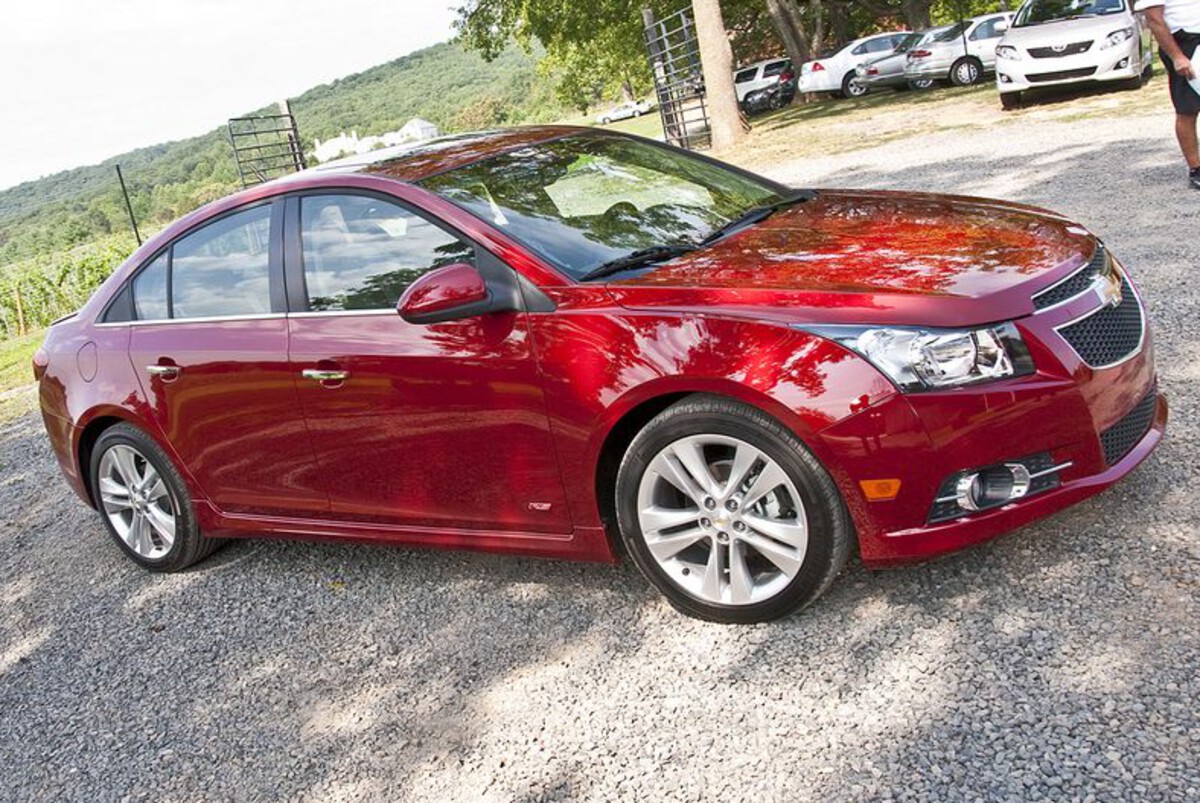
3. Chevrolet Cruze (2010–2015)
The Chevrolet Cruze, introduced in this timeframe as Chevrolet’s answer to the compact car market, had high hopes to compete with segment leaders such as the Honda Civic and Toyota Corolla. However, despite its solid initial sales, the Cruze faltered when it came to resale value, mainly due to concerns around long-term reliability and build quality.
Early models of the Cruze were plagued with a variety of issues, including engine problems such as coolant leaks, turbocharger failures (in the turbocharged variants), and transmission malfunctions. These mechanical weaknesses became well-known among consumers and automotive experts alike, seriously denting confidence in the Cruze’s durability.
In addition to reliability woes, the Cruze’s interior quality and overall refinement lagged behind its more established competitors. While it offered a comfortable ride and a reasonable amount of space, many reviewers and owners criticized the materials used inside the cabin for feeling cheap or dated.
Infotainment systems, which were becoming increasingly important to buyers in this era, were often seen as clunky and slow. This perceived lack of polish and attention to detail negatively affected the vehicle’s appeal, especially as consumers began to demand more in terms of technology and comfort from compact sedans.
Another aspect that hurt the Cruze’s resale was the rapid evolution of the compact car segment during these years. Competitors like the Hyundai Elantra and Mazda3 consistently improved their offerings, raising the bar for quality, fuel efficiency, and driving dynamics.
The Cruze struggled to keep pace, and as a result, it was increasingly viewed as a less desirable choice in the used car marketplace. Additionally, Chevrolet’s fleet sales heavily targeted the Cruze, resulting in a glut of used models entering the market with higher mileage and lower resale prices. This oversupply exacerbated depreciation and reduced the average resale value for individual sellers.
Finally, Chevrolet’s warranty and service reputation, while generally solid, was not enough to overcome the negative perceptions caused by the Cruze’s mechanical shortcomings.
Buyers looking for dependable used cars often gravitated toward more proven models from Japanese automakers, which offered better long-term reliability and ownership satisfaction. In the end, the Cruze’s combination of early mechanical issues, interior shortcomings, and increasing competition caused it to bomb on resale during the 2010–2015 period, leaving it far behind many of its rivals.
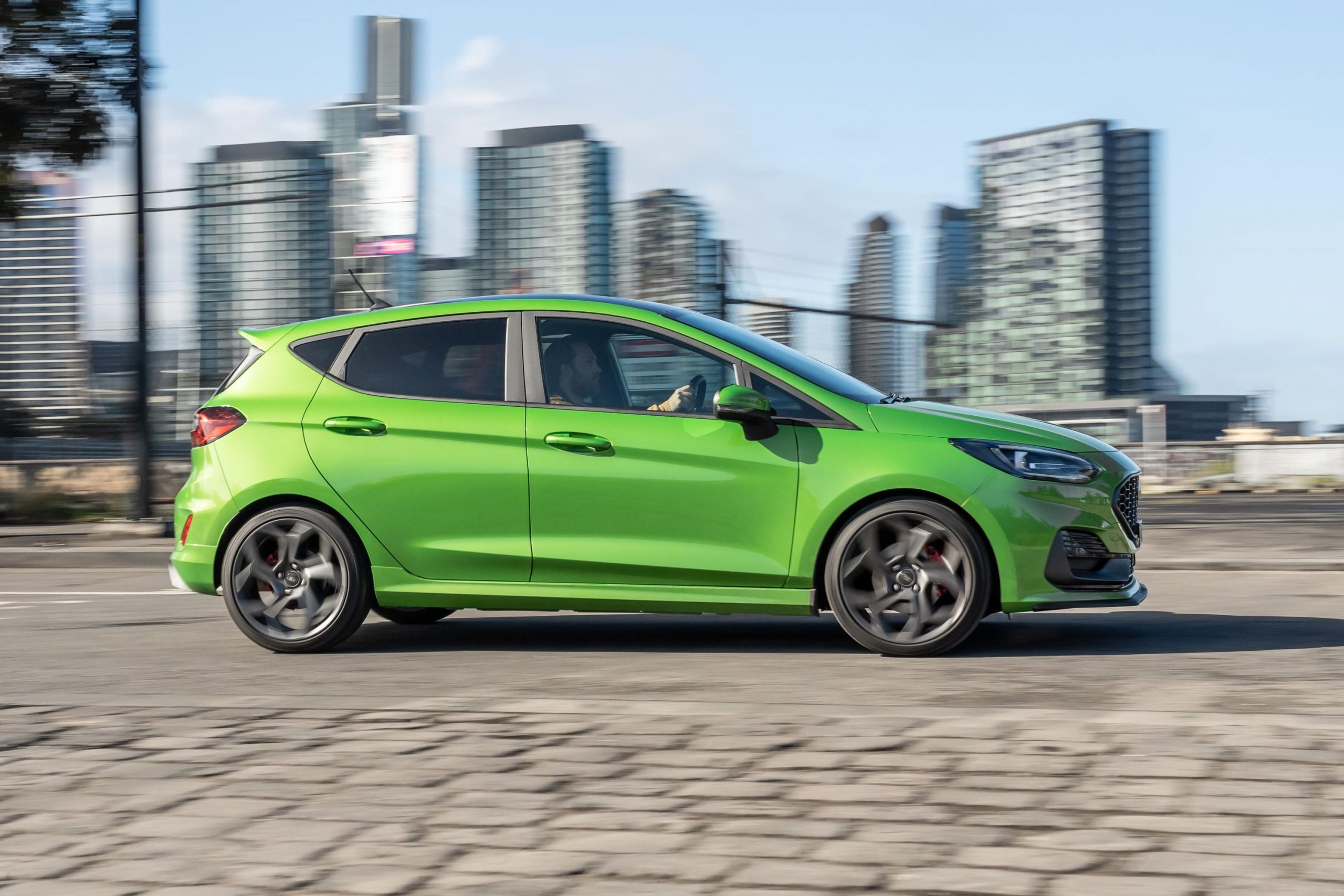
4. Ford Fiesta (2010–2015)
The Ford Fiesta during these years was Ford’s attempt to capture the entry-level subcompact market with a stylish, fun-to-drive vehicle that appealed to urban drivers and first-time car buyers. While the Fiesta certainly succeeded in some areas—especially in terms of driving dynamics and fuel efficiency—it struggled to maintain strong resale values due to several persistent issues.
One of the key problems was the mixed reputation for reliability, particularly with the automatic transmissions offered during this period. The dual-clutch Powershift transmission, which was standard on many Fiesta models, became notorious for frequent failures, jerky shifts, and costly repairs, leading to numerous consumer complaints and lawsuits.
This transmission trouble significantly hurt the Fiesta’s resale appeal. Used buyers became wary of purchasing models equipped with the problematic gearbox, fearing expensive repairs and diminished reliability.
Although manual transmission versions of the Fiesta avoided many of these issues, the broader market was less inclined to buy stick-shift vehicles, further limiting the pool of interested buyers. Ford’s slow response in addressing the transmission problems also damaged consumer confidence, contributing to greater depreciation relative to competitors like the Honda Fit or Toyota Yaris.
Beyond the transmission woes, the Fiesta’s interior space and quality were also points of criticism. The small cabin, while cleverly designed, was tight for rear passengers and offered limited cargo capacity, making it less practical for families or those needing extra space.
Additionally, materials and finishes, though improved over previous generations, still lagged behind segment leaders in terms of perceived quality and durability. The vehicle’s somewhat firm ride and road noise also detracted from the overall comfort, particularly on longer drives or rough roads.
The Fiesta’s brand perception and marketing position also played a role in its resale struggles. While the car was praised for being fun and efficient, it lacked the broader market appeal and reputation for bulletproof reliability enjoyed by some of its competitors.
Buyers who prioritized hassle-free ownership and long-term durability often chose alternatives, leaving the Fiesta with a more niche audience and weaker resale demand. All these factors combined to make the Ford Fiesta one of the cars that bombed in resale from 2010 to 2015, despite its otherwise attractive attributes.
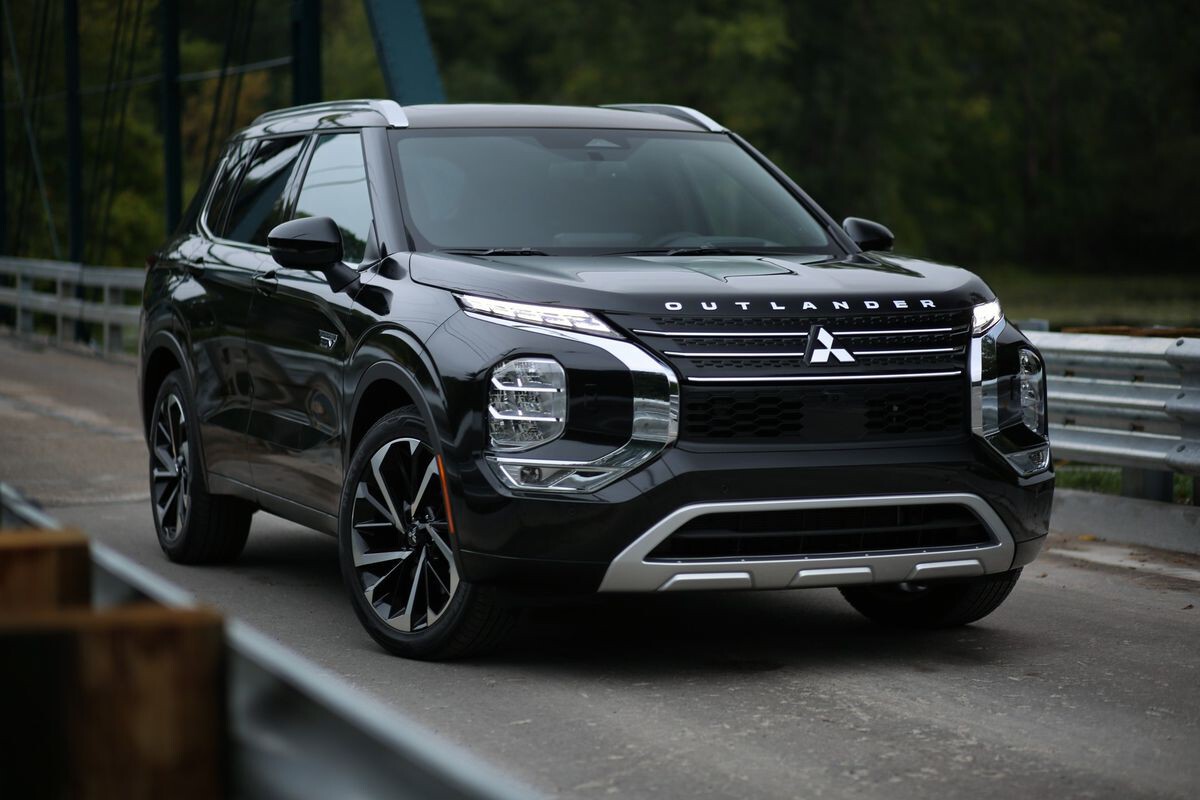
5. Mitsubishi Outlander (2010–2015)
The Mitsubishi Outlander, while offering an affordable entry into the compact SUV segment, struggled to maintain value on the used market during the early 2010s for several important reasons. First and foremost was the vehicle’s lackluster reliability record.
The Outlander faced multiple mechanical issues reported by owners, including transmission problems, engine hesitation, and electrical glitches.
These reliability concerns were widely documented by consumer reports and owner reviews, which heavily influenced resale values negatively. Unlike more dependable rivals such as the Toyota RAV4 or Honda CR-V, the Outlander failed to establish a reputation for durability.
Beyond mechanical issues, the Outlander’s interior and overall design failed to excite buyers. The cabin was often described as uninspired and dated compared to competitors, with lower-quality materials and a somewhat cramped feel.
Despite its SUV label, the Outlander’s cargo space and rear seating were less accommodating than many rivals, reducing its practicality for families or outdoor enthusiasts. This combination of uninspiring design and limited functionality reduced its appeal in a segment that was rapidly becoming crowded with increasingly refined and versatile offerings.
Fuel economy was another sticking point. While the Outlander was marketed as an economical choice, its real-world fuel efficiency often fell short of expectations, especially when compared to newer crossover models introduced during this era.
This discrepancy between marketing claims and actual performance left buyers disappointed and less inclined to pay a premium for used Outlanders. Furthermore, Mitsubishi’s relatively weak dealer network and limited brand presence in some markets made servicing and repairs more challenging, further dissuading potential used buyers.
Finally, stiff competition in the compact SUV segment during 2010–2015 made it difficult for the Outlander to hold its value. Competitors like the Nissan Rogue, Ford Escape, and Subaru Forester all offered stronger reliability, better technology, and superior driving dynamics.
Mitsubishi’s weaker brand equity and the Outlander’s mechanical and design shortcomings caused its resale values to plummet faster than many rivals, securing its place as one of the cars that bombed in resale value during this period.
Also Read: 5 Sedans With the Best Biometric Entry and 5 With Only Key Fobs
The analysis of resale car stars and bombs from the 2010 to 2015 period offers an enlightening snapshot of how the automotive market evaluates vehicles not just at the point of sale, but throughout their lifecycle.
It becomes clear that resale value is far more than a simple financial metric—it is a reflection of the vehicle’s reputation for reliability, practicality, brand strength, and owner satisfaction.
Cars that combine these attributes tend to maintain robust resale values, rewarding owners with reduced depreciation and more affordable long-term ownership. On the other hand, vehicles that fall short in these areas often face steep declines in value, making them less attractive choices for buyers concerned about their investment.
The Toyota Tacoma, Honda Civic, Subaru Outback, Lexus RX, and Jeep Wrangler exemplify the traits that translate to lasting resale success. Their common threads include mechanical durability, practical design, and strong brand loyalty, all of which foster ongoing demand in the used market.
Whether it’s the Tacoma’s legendary toughness, the Civic’s reputation for bulletproof reliability, or the Outback’s all-weather versatility, these vehicles embody qualities that buyers continue to value years after their initial release.
Lexus’s ability to blend luxury with Toyota’s dependability and Jeep’s cultural icon status further demonstrates how diverse factors—ranging from performance to emotional connection—drive resale strength.
Conversely, the Fiat 500, Nissan Juke, Chevrolet Cruze, Ford Fiesta, and Mitsubishi Outlander highlight the pitfalls that can drastically erode resale value. Issues such as mechanical unreliability, design compromises, limited practicality, and poor brand perception contributed heavily to their depreciation. Many suffered from early technical flaws or unappealing styling that alienated buyers once the initial novelty wore off.
These cars often found themselves overshadowed by competitors who delivered better quality, more refined driving experiences, or stronger support networks. The harsh reality of resale depreciation served as a market correction for these models, signaling the importance of consistent quality and consumer confidence.
What emerges from this comparison is a set of valuable lessons for buyers in any era. When evaluating vehicles, it is critical to look beyond initial cost and consider factors like brand reputation, reliability track records, availability of parts and service, and user feedback.
A vehicle that is cheap upfront but suffers from known issues may seem like a bargain at first but can quickly turn into a money pit. On the flip side, paying a little more for a vehicle with a proven history of dependability often yields savings in the long run through lower depreciation and fewer repair costs.
Moreover, the 2010–2015 period underscores the importance of aligning a vehicle choice with one’s lifestyle and needs. Vehicles like the Jeep Wrangler and Subaru Outback excelled not just because of their build quality, but because they fit distinct niches and cultures—off-road adventure enthusiasts, families in snowy climates, or buyers seeking rugged practicality.
Those vehicles that tried to be too many things at once without excelling in any one area often struggled to maintain value. Understanding these nuances helps buyers make more informed decisions, ensuring their vehicle serves them well over time.
In today’s rapidly evolving automotive landscape—with electric vehicles, advanced driver assistance systems, and shifting mobility trends—the lessons from the 2010–2015 resale landscape remain relevant.
Brand reliability, thoughtful design, and meeting consumer needs continue to be the foundation of resale value. As new technologies and market forces emerge, buyers can still look to past resale patterns as a guide to identifying vehicles that will hold their value and provide satisfying ownership experiences.
Ultimately, whether you are buying a new car or a used model from the past decade, understanding the factors that shaped resale winners and losers between 2010 and 2015 equips you with the knowledge to make smarter choices.
By prioritizing reliability, practicality, and brand strength, you increase your chances of selecting a vehicle that not only meets your needs today but remains a sound investment years down the road.
The stories of these cars—both stars and bombs—serve as a reminder that in the automotive world, value is defined by much more than the badge on the grille; it is earned through performance, dependability, and the ability to endure.
